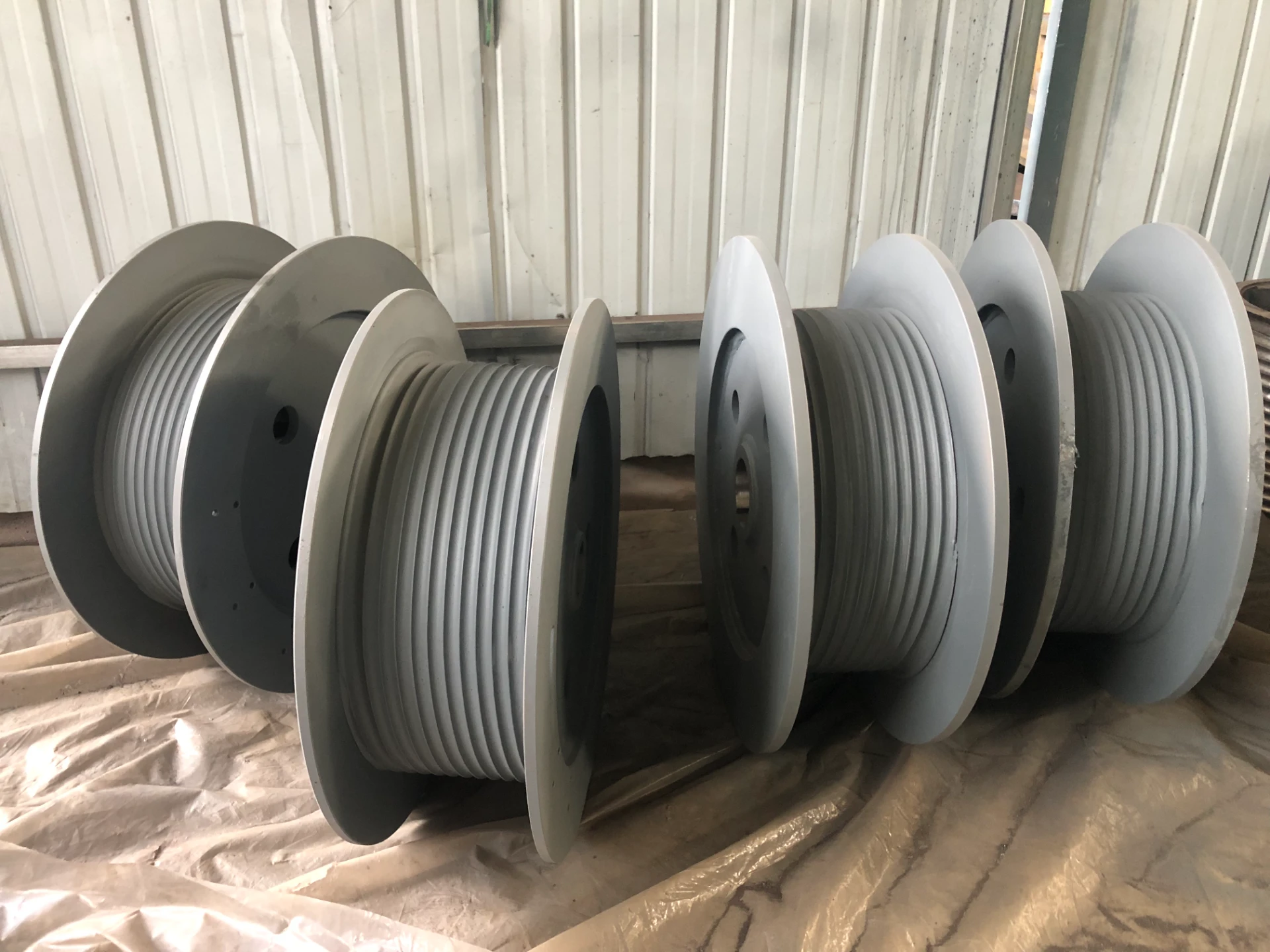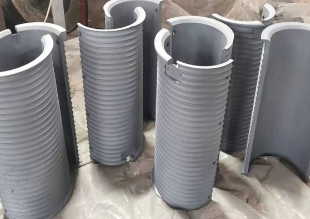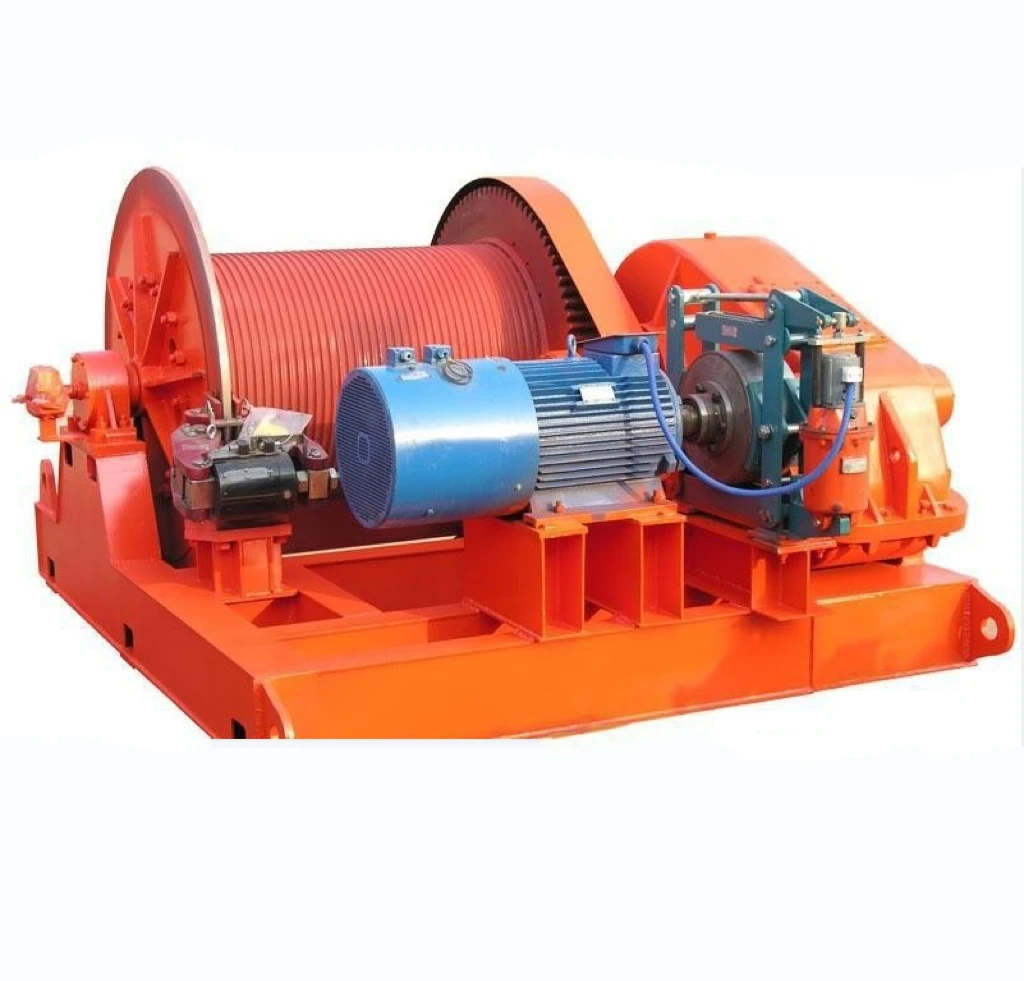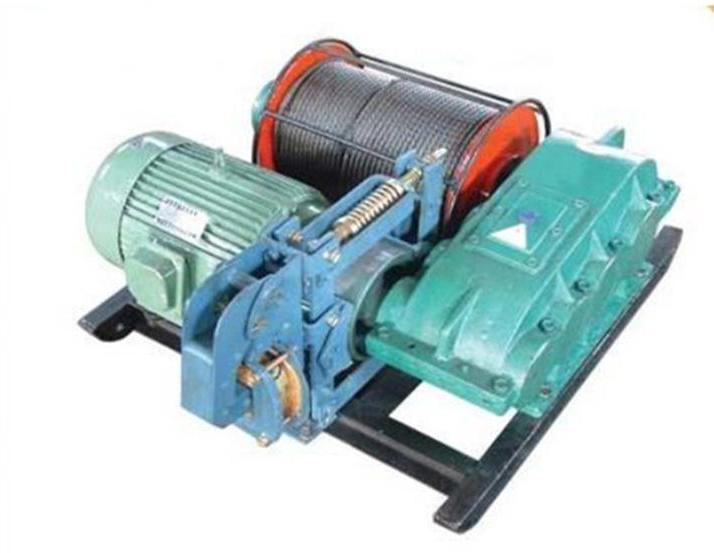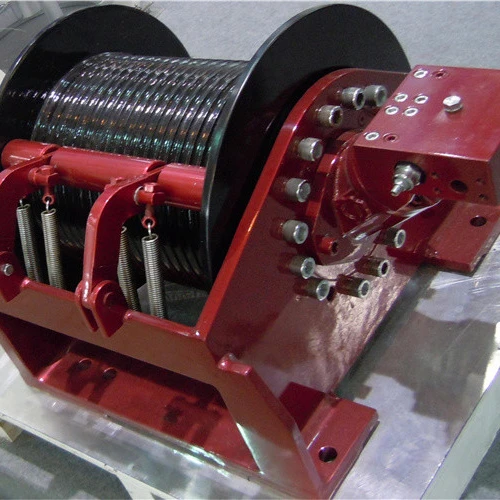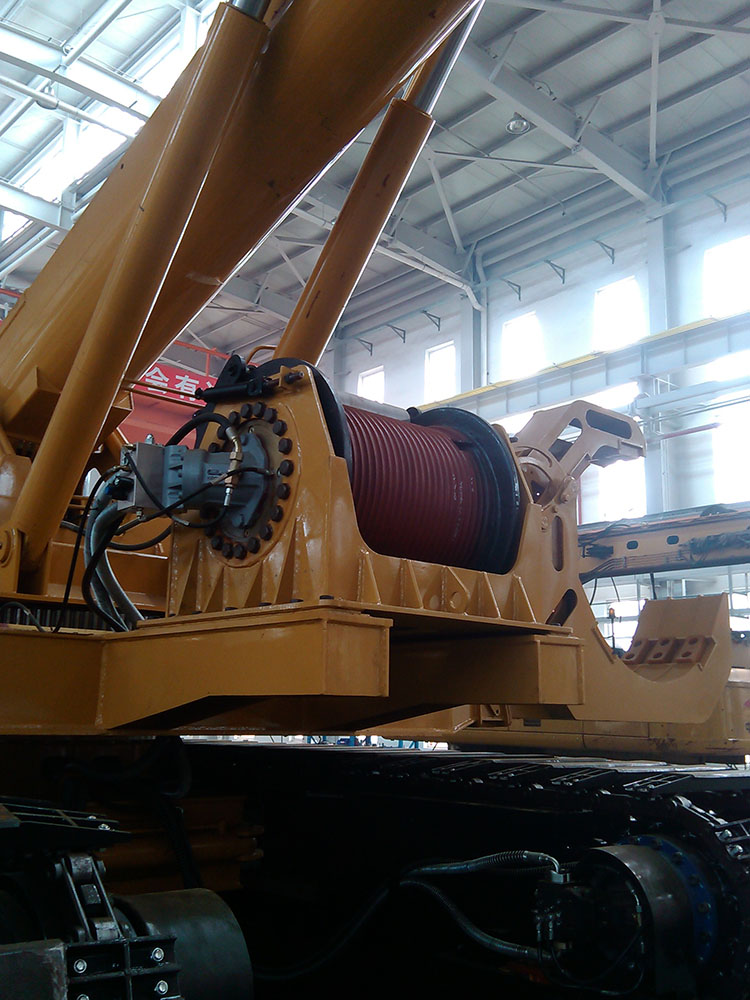Anchor Winch Hydraulic | Heavy-Duty, Fast, Anti-Corrosion
Field Notes on a Workhorse: Hydraulic Winch With Single Drum Boat Anchor Drum Winch
If you’re weighing up an Anchor Winch Hydraulic for real work—tugs, workboats, quarries, even dam gates—here’s the candid take from the shop floor and the pier. LBS’s grooved drum design (from NO.688 Zhongshan Road, Qiaoxi district, Shijiazhuang, Hebei, China) keeps rope orderly under load, which sounds minor until it isn’t. I’ve seen messy spools cost an afternoon.
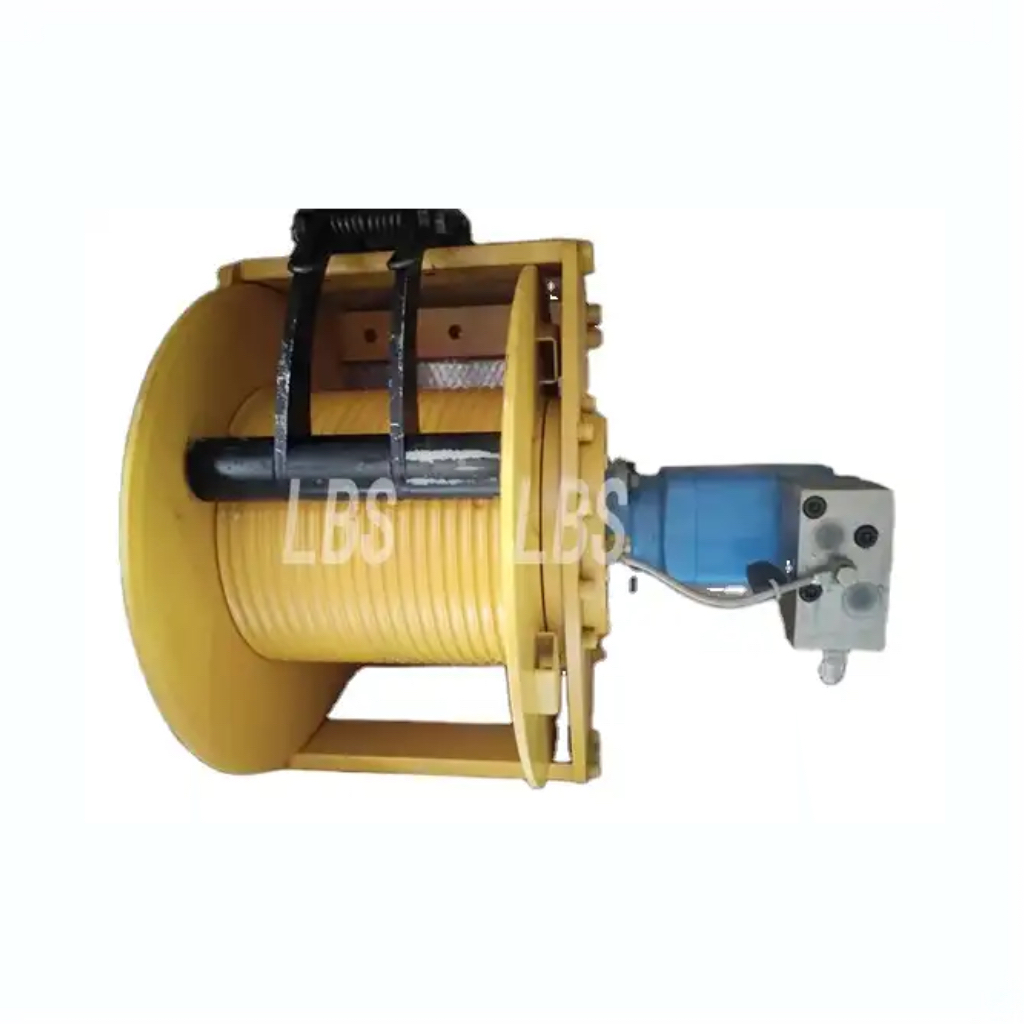
Trend check: hydraulics still rule the deck
Electric drives are catching up, but for heavy pulls and continuous duty, Anchor Winch Hydraulic units hold the edge on torque density, thermal headroom, and serviceability. What’s changed lately is smarter load-holding valves, better groove geometries (Lebus-style), and coatings rated for harsh C5-M marine atmospheres. Many customers say noise levels and leak management have improved, too—finally.
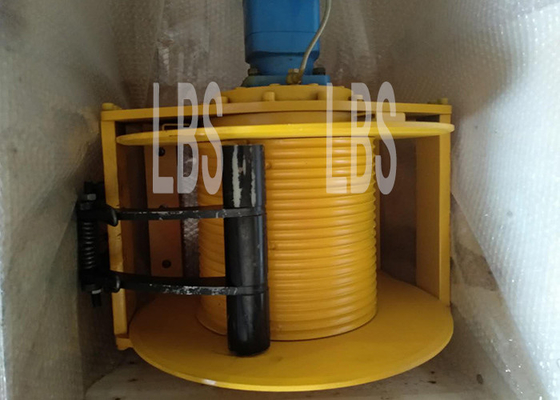
Core specifications (typical build)
| Rated line pull | ≈ 20–100 kN (real-world use may vary) |
| Line speed | 0–35 m/min (adjustable via flow) |
| Drum capacity | Up to ~120 m at Ø10–14 mm wire rope |
| Hydraulic motor | Orbit/axial piston, 16–22 MPa; 35–65 L/min |
| Brake | Multi-disc fail-safe + counterbalance valve |
| Drum | Grooved (Lebus-style) for even spooling |
| Materials | Q345B/42CrMo shafts; marine epoxy C5-M paint |
| Protection | IP56 drive-side (≈ IEC 60529) |
| Ambient | -20 to +55°C (with oil spec to suit) |
| Service life | 10–15 years with planned maintenance |
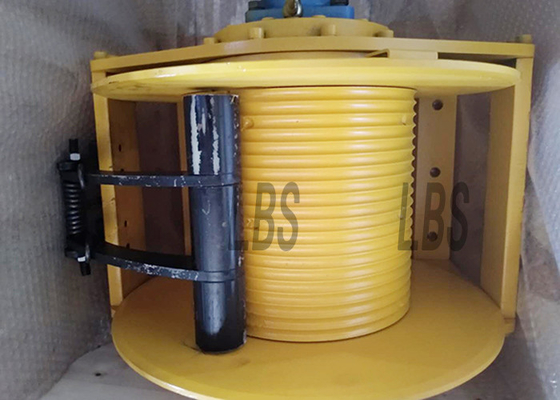
Process flow, testing, and data
Materials are cut and normalized; grooves are CNC-machined to Lebus parameters; shafts are tempered; housings blasted to SA 2.5, then coated per ISO 12944 (C5-M system). Assembly is followed by hydraulic flushing to NAS 7–8. Each unit gets:
- Static proof load: 1.25 × SWL for 10 min (no slip)- Dynamic cycle: ≈ 10,000 wrap/unwrap at partial load
- Brake holding: 1.5 × rated pull (valved + mechanical)
- Salt-spray test of coated panels: 480 h (ASTM B117 proxy)
- Pressure test: 1.5 × rated working pressure (ISO 4413 guidance)
Result we saw last quarter: max drum runout ≈ 0.3 mm; spooling layer error under 2%. Not lab-perfect, but solid.
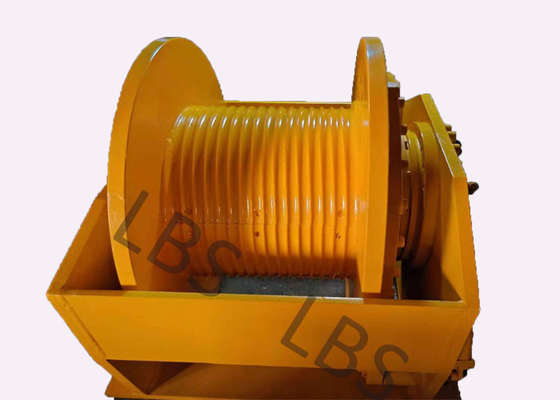
Where it’s used (a few real examples)
- Workboats and small barges: anchor handling and mooring assist.
- Water conservancy: gate hoists, flat dragging of heavy formwork.
- Forestry and mines: haul-backs, sled pulls, equipment recovery.
- Wharves: general material lifting and positioning. One harbor client told me the grooved drum “finally stopped the lunchtime bird’s nests.”
Vendor snapshot (what buyers actually compare)
| Vendor | Groove accuracy | Test regime | Cert options | Lead time |
|---|---|---|---|---|
| LBS (this model) | 0.2–0.4 mm typical | Proof + dynamic + brake | ABS/DNV readiness on request | ≈ 4–8 weeks |
| Import A | ≈ 0.5–0.8 mm | Proof only | Limited | 2–3 weeks |
| Boutique B | ≤ 0.3 mm | Full FAT with traceability | ABS/DNV/CCS options | 8–12 weeks |
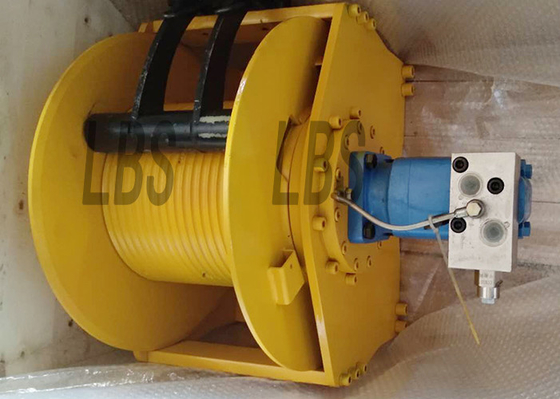
Customization options
Tune the Anchor Winch Hydraulic to your deck: groove geometry for rope size (or synthetic line), geared ratios for speed vs. pull, piston vs. orbital motors, stainless fasteners, IP56–66 motor guards, manual clutch, local/remote pendant, marine epoxy or zinc-rich primer stacks. I guess 70% of buyers ask for non-standard drum widths—fair.
Mini case file
- 22 m workboat, silty river: 30 kN unit. Anchor set time dropped ≈ 18%, rope wear visibly down after 4 months.
- Forestry skid site: 20 kN with slow ratio; operators liked the brake “bite” on slopes.
- Quarry install: flat drag of 6-ton frames; counterbalance valve prevented back-driving when hoses flexed in heat.
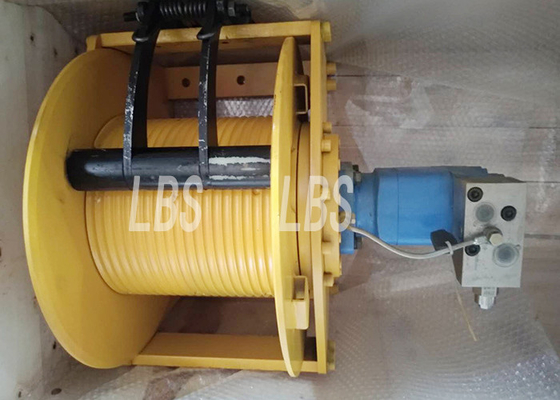
Standards and compliance pointers
Design and safety generally align with ISO 4413 for hydraulic systems; enclosure ratings reference IEC 60529. For coatings, ISO 12944 C5-M is the sensible target near saltwater. Marine class approvals (ABS, DNV) can be prepared when project docs call for it. To be honest, paperwork can take longer than machining—plan for it.
Origin: NO.688 Zhongshan Road, Qiaoxi district, Shijiazhuang, Hebei, China. FOB guide: US $0.5–9,999 / piece; MOQ ≈ 100; capacity ≈ 10,000 pcs/month (batch mixes vary).
References
-
Double Drum Hydraulic Winch – Durable, Efficient Load Handling SolutionsNewsNov.25,2025
-
Hydraulic Drum Winches: Powering Heavy Lifting with Precision and DurabilityNewsNov.24,2025
-
Hydraulic Driven Winch – Reliable Heavy Lifting Solutions for Industry & ReliefNewsNov.24,2025
-
Hydraulic Crane Winch – Powerful & Precise Heavy Lifting Solutions | LBS WinchNewsNov.23,2025
-
Electric Over Hydraulic Winch: Efficient, Durable Lifting Solutions for Modern IndustryNewsNov.23,2025
-
Hydraulic Logging Winch Guide | Global Applications & InnovationsNewsNov.22,2025
